Why It Is Necessary To Move Mars Rock Back To Earth
NASA plans to send rocks collected on Mars back to Earth in the future.
Sun-filled jet-lag engineers in the Jet Propulsion Laboratory, north and east of the Los Angeles Mountains, take a stroll along an eucalyptus-shaped trail. Some turned into a building that was so important to Mars that the remote-control unit was controlling two detectors that were working on Mars. Others move on to 179 Building. There are many spacecraft in history that are assembled here, and countless devices that go to the moon, Mars, interstellar space are also born here.
This is where the new 2020 Mars probe is made.
Before NASA announced its mission in 2020, NASA touted a series of new technologies from here. So far, they have also successfully launched a series of Mars probes. Since 1996, the 11 kilogram Pathfinder has been launched. By 2003, the 180-kilogram Spirit and Opportunity will be launched at the same time. By 2012, 900 Curiosity, a kilogram of weight, was also successfully launched. If you look closely at the weight of these detectors, you will find curiosity weight has exceeded many people's imagination.
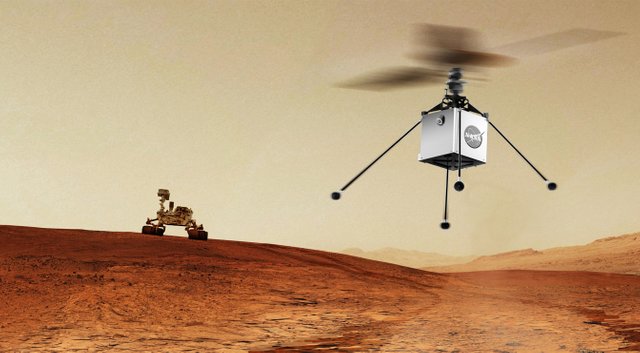
The hypothetical map of the detector--source
The Mars rover to be used by 2020 can now move on "Curiosity." About 85% of them will inherit the previous design, such as chassis, power and communications systems, and some are moved from other detectors. NASA even decided to invest 2.4 billion U.S. dollars to promote this huge project of Mars exploration. Matt Wallace, a deputy project manager who has been involved in many missions, said: "We also got a lot of money to support it."
How to make a tool to measure and collect rock samples on Mars when designing new detectors is paramount. The payload of the new Mars rover has been changed and will include seven partially modified or even completely new designs. For example, a panoramic camera at the top of the detector will add aiming and zooming capabilities to provide a closer look into the area of interest to the scientist; the laser instrumentation in the detector additionally adds to the wavelength of the probe, thereby broadening the understanding of mineralogy in the rock Or chemical characterization; the detector's robotic arm uses enhanced UV and X-ray spectroscopy to reflect the rock in more detail than the Curiosity.
Scientists say collecting this information is the key to understanding the evolution of Mars. After all, there are already hundreds of rocks on Earth from Mars, but the present sample does not reflect the geological background of Mars. These meteorites are millions of years or even hundreds of millions of years ago when Mars was hit, the fragmented blocks became meteorites that were brought to earth. After the probe flies to Mars, it drills the rock in situ, which ensures that the sample retains the original background information and is not disturbed by frictional combustion or other factors. In this way, researchers can piece together the evolution of Mars by deciphering the information in the sample.
Abigail Allwood, principal investigator of JPL's (Jet Propulsion Lab, Pasadena, California) astrobiology and X-ray spectrometer, said: "We wanted a real live recording so that subsequent researchers could conduct research around this sample." If we were to prove that there was life on Mars , You need to develop a high level of research and a thorough understanding of the information it represents. "
Mars hunt
This is where Steltzner starts with the team. They are overthrown and want to create better sample collection systems than ever before. In the early days, they randomly combined a lot of options. Eventually, after several tests, the team selected only one of the systems. The system's detector arm extends outwards. After touching the rock, it can drill a 15-gram sample into a clean tube and send it back to the detector. In order to reduce exposure of the sample to Mars air and to reduce possible contamination throughout the process, the duration of the operation can not be longer than one hour.
The new Mars probe will reserve some room for well over 30 closed metal tubes (about 14 cm long and 2 cm wide). In addition to preparing well-made tubes, they are filled with aluminum mesh or ceramic to capture environmental contaminants. On the way to Mars, you can use these tubes directly, turn them on and test what pollutants the spacecraft itself will evaporate while traveling. When you reach Mars, you can seal the tube and expose the other tubes to the Mars surface in a certain order. This will allow you to collect the chemical composition at different locations in Mars. Returning to Earth, scientists can determine if a drilled sample is contaminated by comparing the sampling tube with the environmental pollutant collection tube, and even when it can be traced out when it is contaminated.
To protect microorganisms on Earth from contaminating other planets, the spacecraft has reached a surprising level of water use. As early as the 1970s, solvent cleaning was used on the key instruments of the Viking Mars rover and it was baked in helium for four days. The European Space Agency ExoMars Mars probe also plans to use a similar protective clean, and it will also launch in 2020 to look for signs of past life. China also plans to launch its own Mars probe in 2020, but the probe does not have the capability to detect life.
In its mission for 2020, NASA's work will focus on the need to provide extraordinarily high standards of protection to ensure sample science returns to the Earth in its entirety. NASA's Planetary Conservation Officer, Cassie Conley, said they will work closely to treat samples brought back from Mars just as lunar rocks were brought back by Apollo astronauts and will even raise their standards of work.
In fact, there is no way for the spacecraft to be completely clean. Instead, the task of scientists is to determine what level of pollution they can tolerate. Both organic and inorganic materials must be kept within a certain range. For example, one advisory panel recommends that the total organic carbon content in any sample should not exceed 40 parts per million.
Unfortunately, the sample is inevitably contaminated with tungsten because the drill bit is made of tungsten nitride. This means that future scientists can not use radioactive decay systems that rely on tungsten and hafnium to determine the age of Mars rocks and will have to choose alternative alternatives. McSween said: "We need to accept this in the future."
Another point to note is how metal tubes experience the heat when they are waiting on the surface of Mars to be brought back to Earth by other aircraft. At Farley's request, McSween and his team analyze what scientific information samples will lose at different temperatures. They conclude that 60 ° C is an acceptable upper limit. At higher temperatures, some organic compounds will degrade and some minerals will decompose. Changes in this process may threaten future research. As a result, engineers decided to wrap the metal tubes in alumina to reflect sunlight to keep them below 60 ° C.
At present, NASA has no plans to bring samples back, but when new detectors reach the surface of Mars, researchers use a set of techniques to test whether life has existed on Mars. They look for amino acids, protein precursors, and other complex organic compounds. Of course, the isotope ratio of key molecules can also be used as a reference, these molecules on Earth is to provide an alternative signal biological processes.
To complete this series of actions is not easy. Farley, an earth chemist who studies how cosmic rays change rocks, fears that millions of years of exposure to the surface of the planet could cause the former organic compounds to break down. To get the best samples, you may want to aim at the bottom of the Mars cliff, where rocks fall apart from their heights and fresh material is exposed.
Currently, Curios only drilled 15 holes and performed more than 16 kilometers in just 4.5 years on Mars. The new Mars Probe team plans to do a much larger amount of work faster at a faster pace. Farley said: "Obviously, we have to maintain a very high productivity Caixing time does not allow us to sit down and slowly discuss where to drill."
Bring the sample back to Earth
As of February 2017, the design team needs to re-examine the design of this task. If passed, JPL will proceed with the construction of scientific instruments, sampling systems and other parts of the hardware as planned. After the detector is manufactured, a physical test will be conducted around July 2020.
NASA has not yet decided when samples will be taken back to Earth, but headcount managers have begun to imply that they want to launch new satellites in 2022 to replace previously aging satellites and thus continue to pave the way for future research. Since then, Mars samples may be considered back to Earth.
NASA's new plan is now under way as well, sponsoring research on launching aircraft on Mars that carry a small bag of samples, possibly bowling, into orbit. At this moment, a new spacecraft will collect the packages from Mars on this orbit and bring them back to Earth. Unfortunately, at present, there is no clear plan for the new spacecraft.
Farley said that in the 1980s they had begun serious discussions about how to bring samples from Mars back to Earth. At that time, NASA estimated it would take 10 years to complete. Now it seems like it will take another decade before the samples of Mars can really be brought back to Earth, Farley added: "But at least we're starting to do it now."

References for Text and Images:
Support @steemstem and the #steemstem
project - curating and supporting quality STEM
related content on Steemit

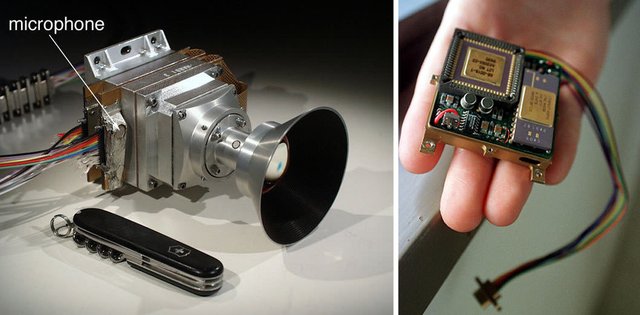
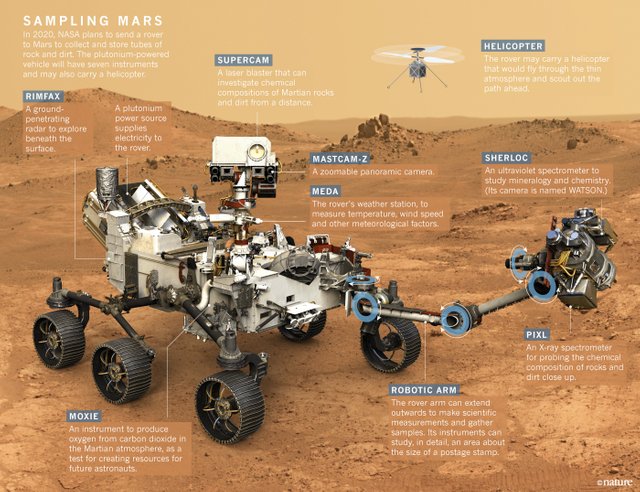
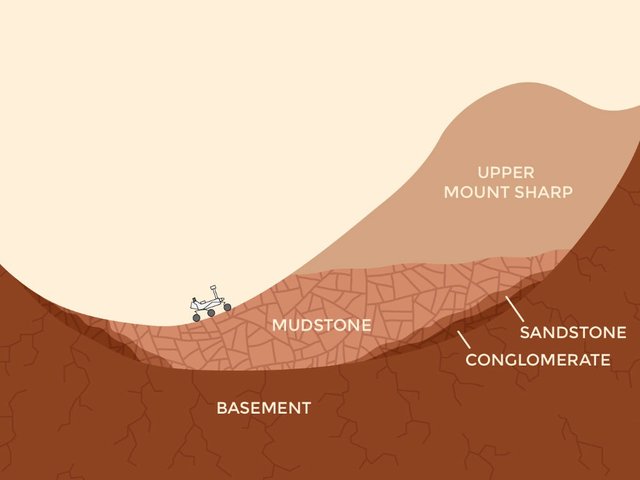
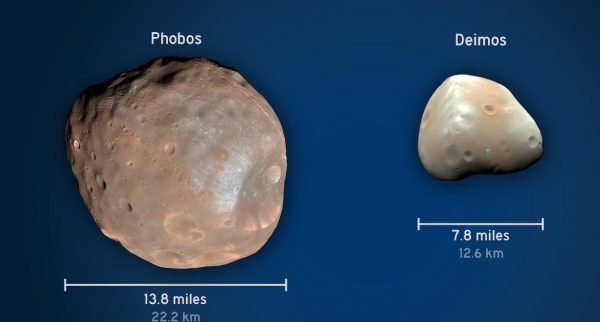
Congratulations! This post has been awarded a 100% upvote by @lottobot! This post was the winner of lottery #1449, which had a total of 1 entries. @lottobot always has a lottery going on! If you would like to nominate a post for the current lottery, just send 0.1 SBD or STEEM to @lottobot, and include the url of the post you would like to nominate as a memo. Learn more by reading the introductory post! Good luck!
Hi, I found some acronyms/abbreviations in this post. This is how they expand:
thanks for reading here. Best wishes!
Space technology and physics are always interesting. I have read all the writings. It is very exciting to follow such news and developments.
This post has received a 0.03 % upvote from @speedvoter thanks to: @amity123.
This post has received a 0.31 % upvote from @drotto thanks to: @amity123.